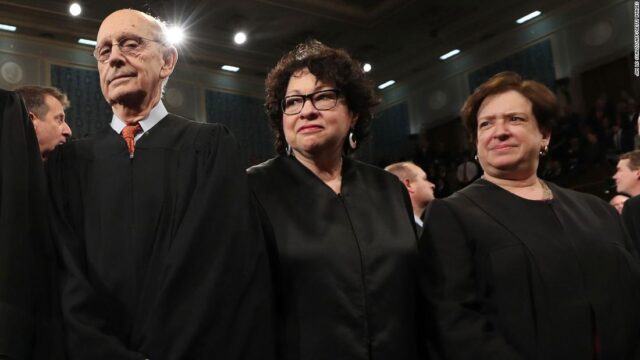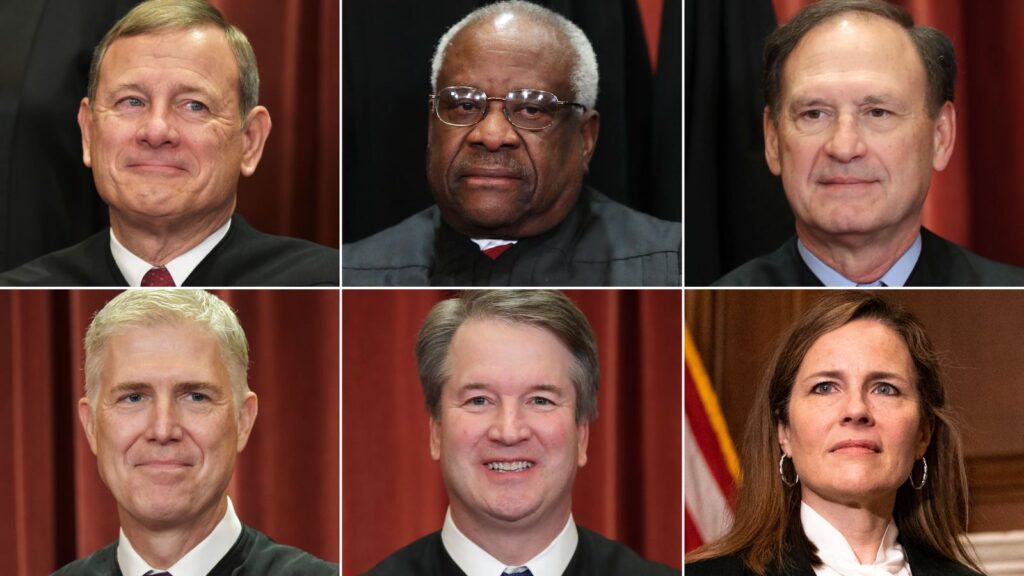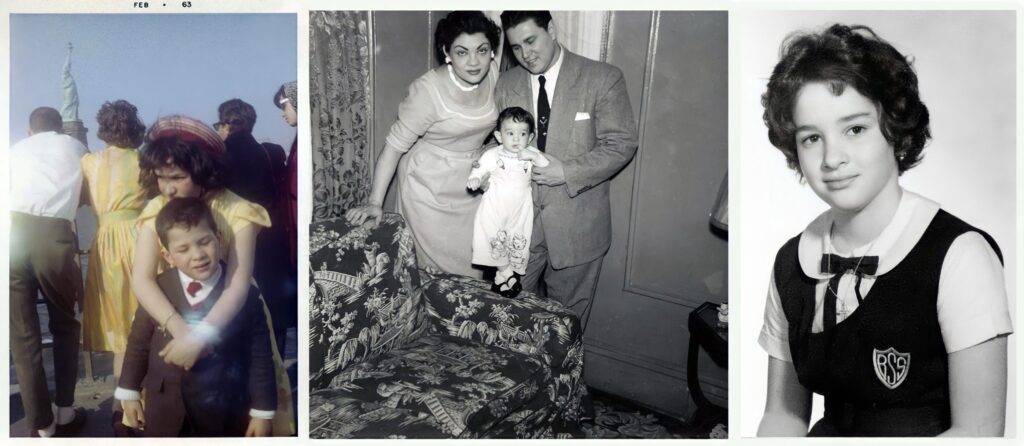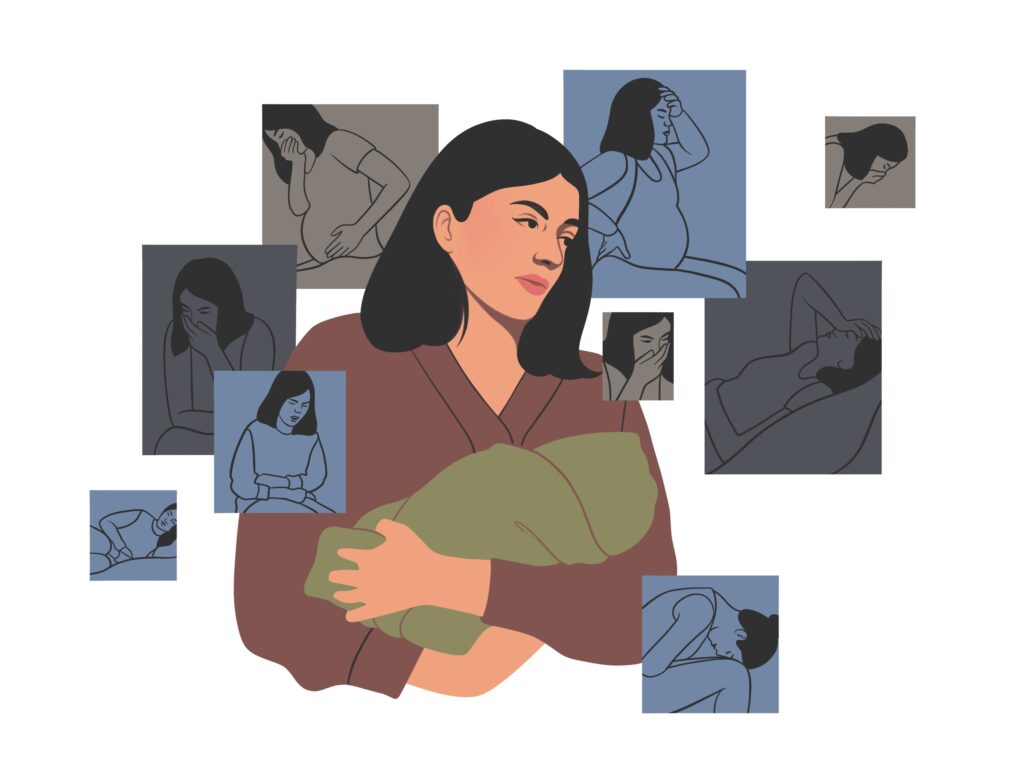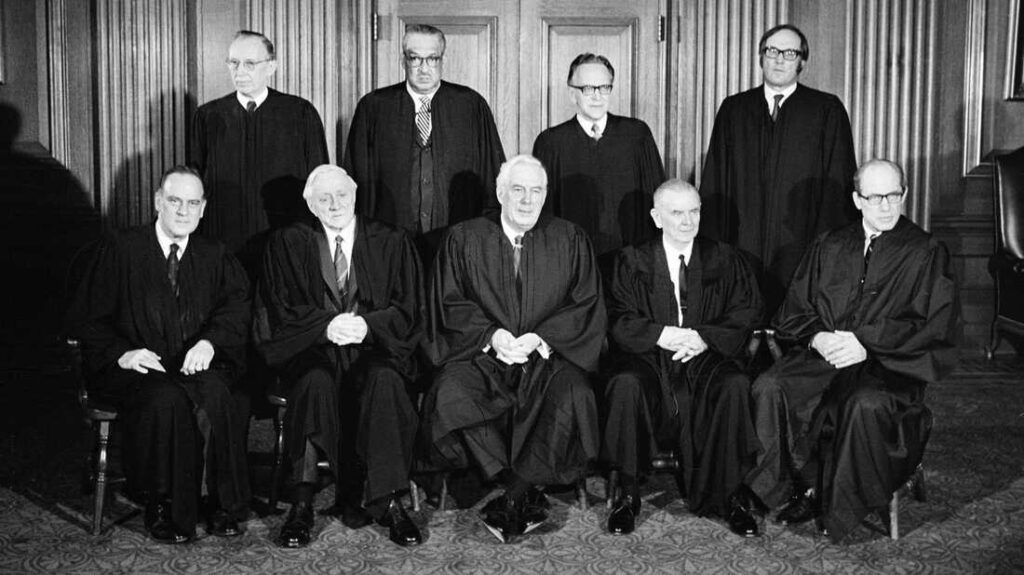
Despite earning the support of seven Supreme Court Justices, the vote to legalize abortion didn’t come unanimously. Two of the Justices, Justices Byron White and William Rehnquist opposed the majority opinion, and established theirs on the basis of “intrusion to legislative process” and “unconstitutionality.” Justice White was a staunch advocate of judicial restraint, meaning that he believed the judiciary should avoid making policy decisions. He felt instead that they should defer to the democratic process. White argued that the Court’s decision to strike down the Texas law banning abortions was an unwarranted intrusion into the legislative process. Justice Rehnquist, in comparison, ironically had a history of wanting to limit the intrusion of the federal government on individual rights. However, this value of his was not present in the case of Roe v. Wade. He argued that the majority opinion, granting women the autonomy to their own bodies, was not based on sound legal reasoning. He believed that the Court had created a new constitutional right to abortion out of thin air, without any basis in the text of the Constitution.
Justice White believed that the Texas law at issue in the case was not unconstitutional, because it did not technically violate specific rights, claiming that the decision to legalize abortion should be left to the states without any federal “intrusion.” He argued that the majority opinion was based on a flawed understanding of the Constitution’s guarantee of a right to privacy. He believed that the Court was stretching the concept of privacy beyond its intended meaning, and that the Constitution did not explicitly protect a woman’s right to an abortion. However, in making this point, he neglected to acknowledge that abortions were not being officially executed when the Constitution was established. In addition to this, he criticized the Court’s decision to rely on medical and scientific evidence to support its decision. He believed that these were policy decisions that should be made by the legislature, not the judiciary. Justice White wrote in his dissenting opinion, “The Court’s finding of an existing ‘right of privacy’ in the Constitution which embraces a woman’s decision whether or not to terminate her pregnancy is not derived from the language of the Constitution, the Bill of Rights, or any other part of the Constitution.”
Justice William Rehnquist, the other opposing Justice, was a Republican nominee appointed by President Richard Nixon. Justice Rehnquist was also a proponent of judicial restraint, and he shared Justice White’s belief that the decision to legalize abortion should be left to the states. In support of Justice White, Rehnquist wrote, “To reach its result, the Court necessarily has had to find within the scope of the Fourteenth Amendment a right that was apparently completely unknown to the drafters of the Amendment;” in attempts to justify its unconstitutionality. Justice Rehnquist also criticized the majority opinion for its reliance on medical and scientific evidence, in agreement with White. He believed it was irrelevant to the legal issues at hand. He argued that the decision to legalize abortion should be based on moral and ethical considerations, not medical or scientific ones. He ignores that this issue largely relies on the medical standings of a woman, and the existence of scientific research. Justice Rehnquist wrote, “The decision here to break pregnancy into three distinct trimesters and to outline the permissible restrictions the State may impose in each one, for example, partakes more of judicial legislation than it does of a determination of the intent of the drafters of the Fourteenth Amendment.” He claims that his opinion was based on ethical values, however, fails to acknowledge that allowing the states to impose restrictions at any point during pregnancy could result in the loss of the mother. He seems to also neglect any scientific opinions when offering his piece and focuses more on the “imposition” of the federal government, rather than the case at hand.
In conclusion, the dissenting opinions in Roe v. Wade were based on the belief that the decision to legalize abortion should be left to the states, rather than decided by the judiciary. The Justices of the dissenting opinion also believed that a significant right to privacy did not need to be protected by the federal government. They claimed this because abortions are not explicitly outlined in the writings of the Constitution, and that did not encompass their subjective definition of right to privacy. Justices Byron White and William Rehnquist both argued that the majority opinion was based on flawed legal reasoning, and that the Court had overstepped its bounds by creating a new constitutional right to abortion. While the majority opinion in Roe v. Wade has been widely praised for its protection of women’s rights, the dissenting opinions continue to be cited by those who oppose abortion and believe that the decision should be overturned.
Caroline Varma
Sources:
Rita Ciolli Newsday, Washington B. “Rehnquist: Judging Justice Rehnquist.” Newsday (1940-) Jul 25 1986, Nassau ed. ed.: 1. ProQuest. 20 Apr. 2023 .
“Roe v. Wade.” Encyclopædia Britannica, Encyclopædia Britannica, Inc., 20 Apr. 2023, https://www.britannica.com/event/Roe-v-Wade.
“Roe v. Wade (1973).” Legal Information Institute, Legal Information Institute, https://www.law.cornell.edu/wex/roe_v_wade_%281973%29.
“Roe v. Wade.” Oyez, https://www.oyez.org/cases/1971/70-18.
“The Supreme Court . Law, Power & Personality . Famous Dissents . Roe v. Wade (1973): PBS.” The Supreme Court . Law, Power & Personality . Famous Dissents . Roe v. Wade (1973) | PBS, https://www.thirteen.org/wnet/supremecourt/personality/landmark_roe.html.

